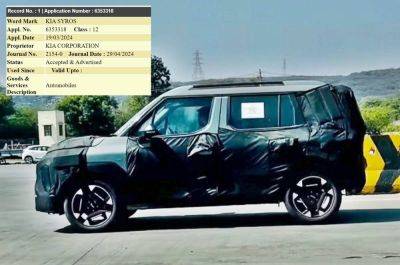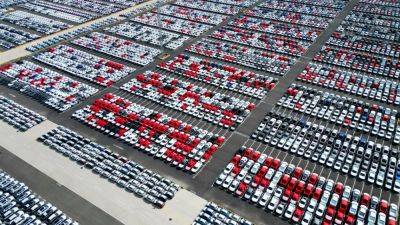Flexible controls could boost EV charging station reliability
EVs and charging stations have aspired to provide EV drivers with something that rivals the turnaround time of gas stations.
While charge rates are important, reliability and simply being able to get a charge, ultimately, are perhaps more important points that some charging networks seem to have glossed over in the process.
According to a 2023 study, roughly 20% of EV public charging attempts fail. On the other hand, if there’s an issue at a gas pump that appears operational, it might run a little slower, but it typically won’t shut down completely, rendered inoperable.
A group of U.S. Department of Energy Oak Ridge National Laboratory (ORNL) researchers have kept that idea in mind with a project. They seek to get EV charging closer to that gas-station experience—by aiming to add resilience around two typical issues at high-power charging stations. And it appears building a little more flexibility into the station layout and controls might be all it takes.
Electrify America station with 2 of 4 chargers inoperable — April 2024
Experts: EV charger shutdowns often unwarranted
As ORNL pointed out in an update on the efforts earlier this month, either of the two issues focused on by its team of researchers—sudden voltage drops to the station, or power fluctuations within chargers—can be remedied in a way that doesn’t shut out chargers until a maintenance visit or remote restart.
The solution to one of them, a sudden voltage drop, is as easy as a “ride through” algorithm that restores power seconds later when it typically returns. As they point out, that not only helps the end user but also helps assure there isn’t a corresponding voltage surge.
Presently, such a voltage drop can render chargers useless, requiring a maintenance visit to re-activate them when the equipment is fine.
Inside the charging cabinet, a charger may also shut down due to a fault when one of its three power modules has an issue. According to the researchers, looking at algorithms, it would better serve customers who simply need a charge if the control strategy allowed the other two to compensate somewhat and provide reduced overall power until a repair, rather than shutting down.
You’d be







